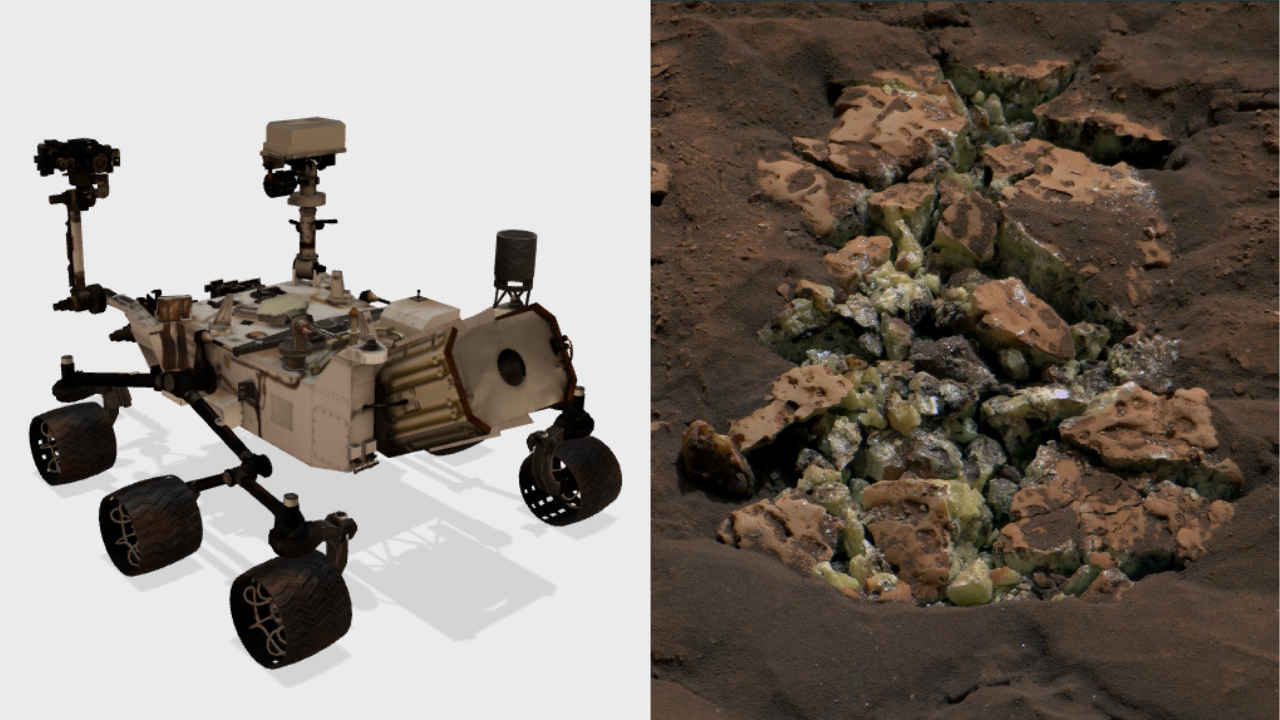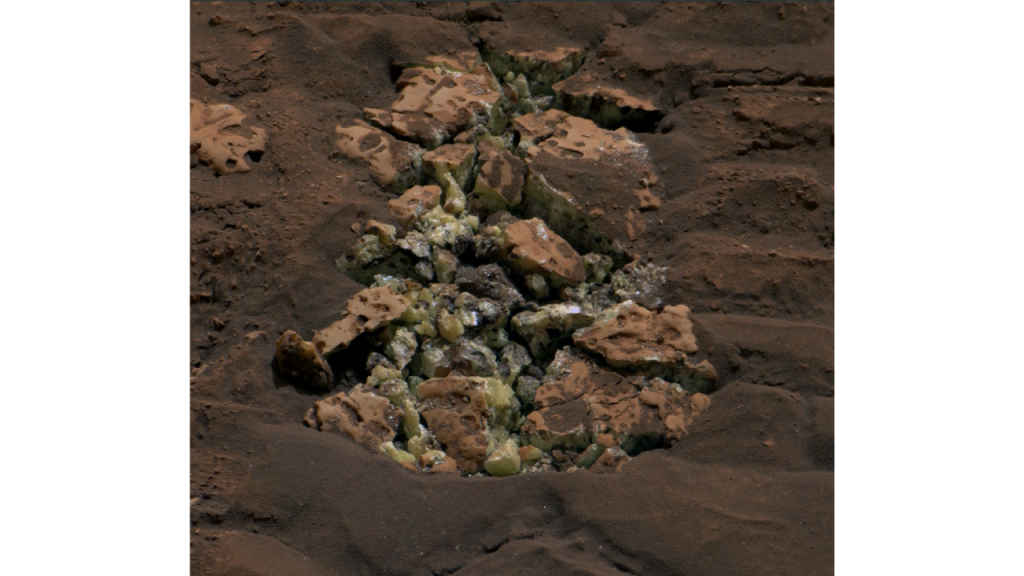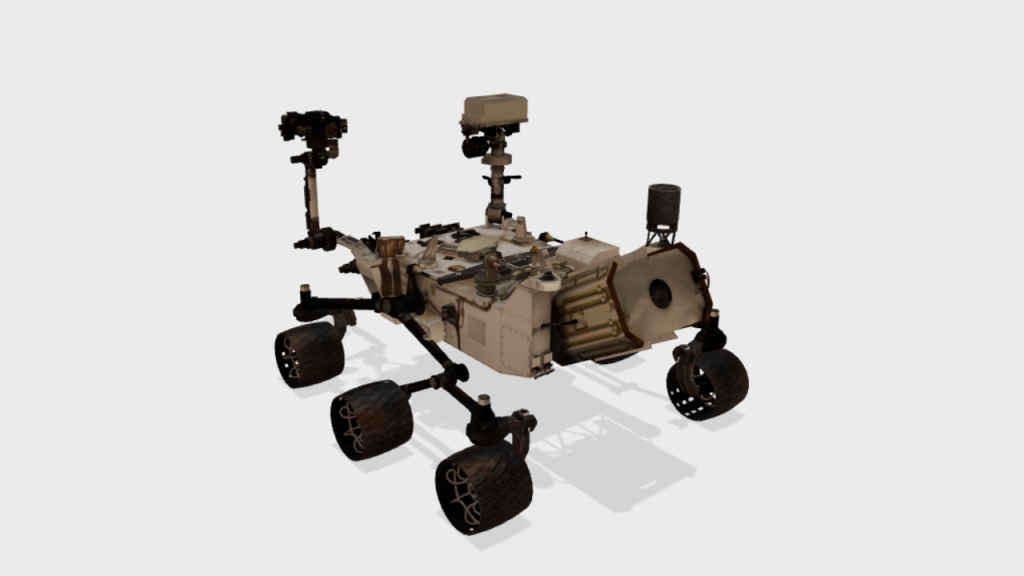NASA finds pure sulfur crystals on Mars for the first time

NASA's Curiosity Mars rover has made a remarkable discovery: the first-ever finding of pure sulfur crystals on Mars.
This finding was captured by the rover's Mast Camera (Mastcam) on June 7th.
These crystals were found after Curiosity happened to drive over and crush the rock several days before, on May 30th.
In an exciting breakthrough, NASA’s Curiosity Mars rover has made a remarkable discovery: the first-ever finding of pure sulfur crystals on Mars. This finding was captured by the rover’s Mast Camera (Mastcam) on June 7th, during the 4,208th Martian day, or sol, of the mission. The collection of fragments, nicknamed “Convict Lake” after a location in California’s Sierra Nevada, measure approximately 5 inches (13 centimeters) across from left to right.
“These crystals were found after Curiosity happened to drive over and crush the rock several days before, on May 30. The rover later used an instrument on the end of its robotic arm, called the Alpha Particle X-ray Spectrometer, to determine the composition of the rock,” NASA explained in a blogpost.
Also read: NASA cancels VIPER project, shifts focus to Moon missions

While sulfur compounds are not new to Mars, with the region where this discovery was made known for its rich sulfate content, finding elemental sulfur in its pure form is unprecedented. “Scientists have seen many kinds of sulfur on Mars; the region Curiosity found this rock is, in fact, known for being rich in sulfates – a kind of sulfur-based salt that was left behind as water dried up on this part of the Red Planet billions of years ago,” NASA said.
Also read: NASA’s Hubble discovers rare black hole close to Earth in Omega Centauri

Elemental sulfur, on Earth, forms through various geological processes, including volcanic and hydrothermal activities. Its presence on Mars poses intriguing questions about the planet’s geological history and processes. Scientists are still investigating how these pure sulfur crystals came to be, with ongoing efforts to examine the surrounding rocks and the broader region for further clues.
For those who are unaware, Curiosity was built by NASA’s Jet Propulsion Laboratory, which is managed by Caltech in Pasadena, California. JPL leads the mission on behalf of NASA’s Science Mission Directorate in Washington. Malin Space Science Systems in San Diego built and operates Mastcam.
Ayushi Jain
Tech news writer by day, BGMI player by night. Combining my passion for tech and gaming to bring you the latest in both worlds. View Full Profile




